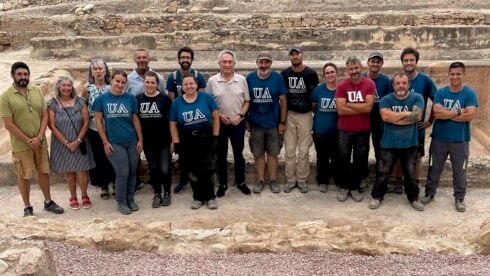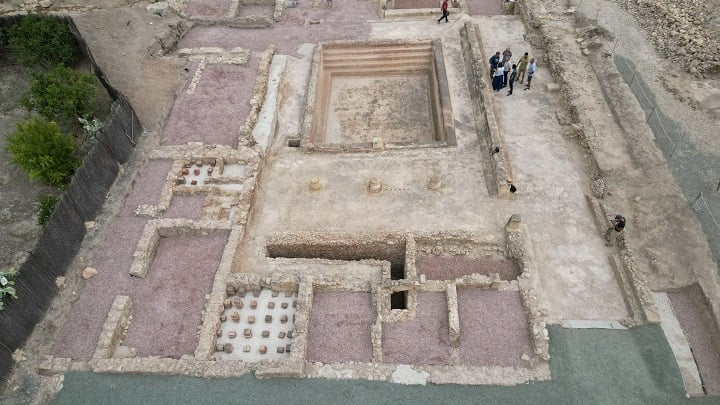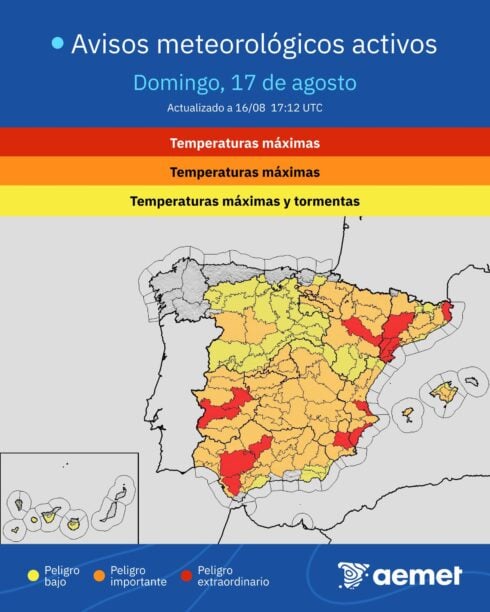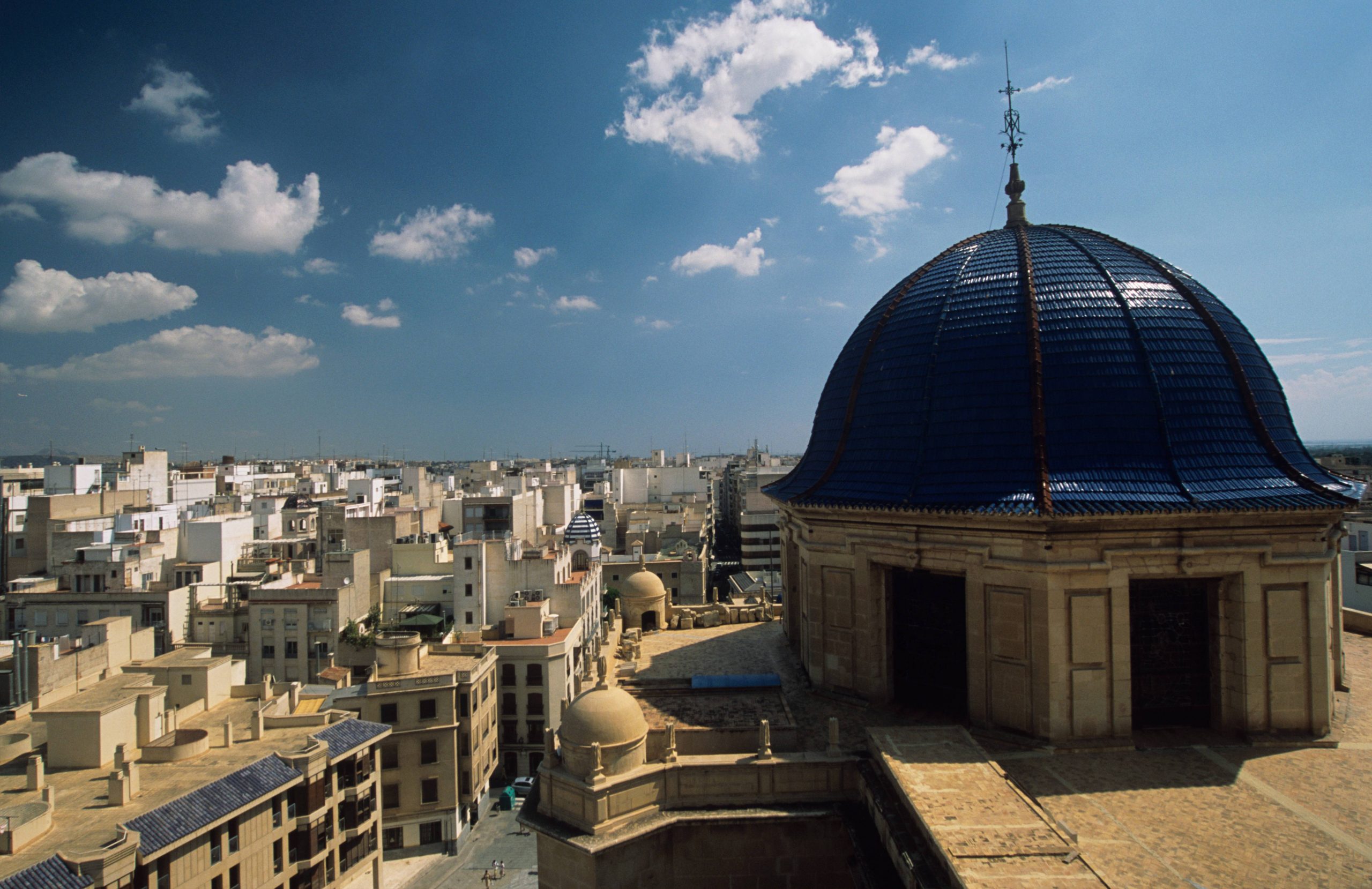AFTER eight years of relentless digging, archaeologists at the University of Alicante have finally uncovered the full glory of the Eastern Baths at La Alcudia, near Elche, southeastern Spain – and it’s a staggering glimpse into Roman luxury.
The excavation, part of the Virtual–ASTERO Heritage initiative, was led by Professor Jaime Molina Vidal, Chair of Ancient History at UA, along with researchers J F Alvarez Tortosa, Marcos Rodriguez Barbieri, and Manuel Castillo Cañadas.
Launched in 2017, the project has revealed not only one of the most monumental bath complexes in ancient Hispania, but also important insights into the city’s urban development and even its pre-Roman occupation.
Strategically located between Carthago Nova (Cartagena) and Valentia (Valencia), the Roman colony of Iulia Ilici Augusta was founded in two phases in the second half of the 1st century BC: the first decreed by Julius Caesar and completed after his death, and the second under Emperor Augustus, who allocated land to veterans of the Cantabrian Wars.
“Thanks to these eight years of excavation, we’ve uncovered one of the city’s most significant public buildings,” said Professor Molina.





“This vast complex is among the largest Roman bathhouses discovered in the Valencian region of ancient Hispania. Richly decorated with mosaic floors and built on an extraordinary scale, the baths speak to the splendour and prosperity of the city during the 2nd century AD.”
READ MORE:
- This ‘natural paradise’ in Spain that’s ‘tourist free’ and ‘littered with Roman ruins’ will pay you €15,000 to move there – so what’s the catch?
- Human remains from Roman era found during Malaga metro construction
- Forgotten no more: The bittersweet legacy of Cinuras and Cadiz’s lost Roman necropolis
Covering an area of 1,300 square metres, the Eastern Baths were built during a period of economic and demographic growth. Visitors would have enjoyed icy cold rooms (frigidarium), one of the largest preserved pools (natatio) in Hispania, warm tepidaria, steaming hot rooms (caldarium), a sauna (laconicum), and changing rooms (apodyterium).
Among its treasures are two dazzling mosaics: one imitating marble paneling, the other adorned with acanthus leaves, flowers, and scrolling vegetal designs.
The baths saw gradual decline during the 3rd and 4th centuries AD, probably due to economic troubles and population decline. Partial restorations were carried out in the final centuries of the Roman Empire, but by the 5th–6th centuries AD, the complex was finally abandoned.
Click here to read more Alicante News from The Olive Press.








